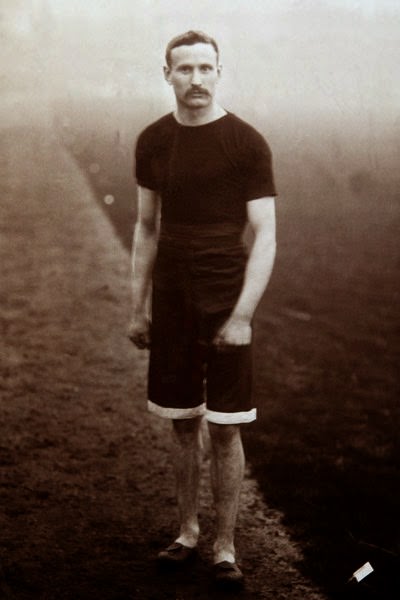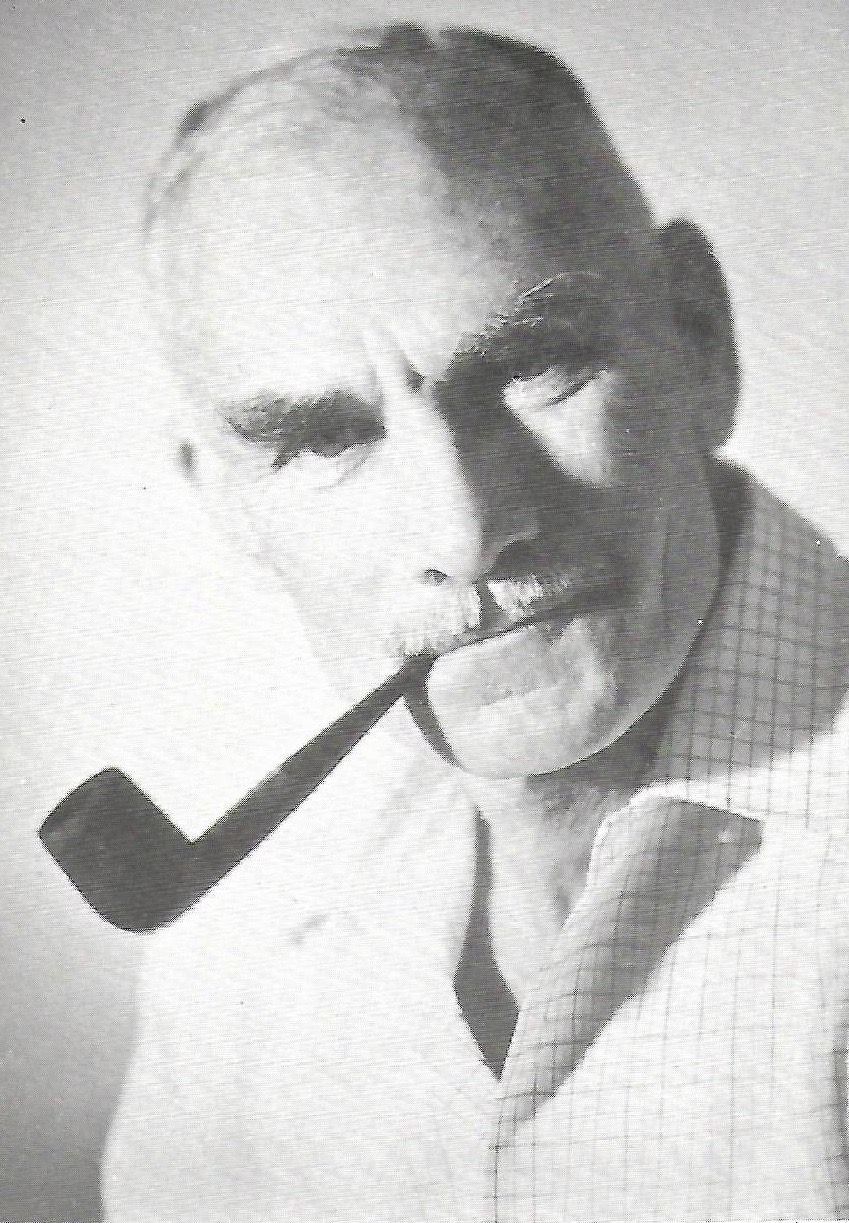Jamaica's 43-year-old 800m RecordDesperately needed after 40 years, a new man to succeed “one of the special ones”There’s a strange anomaly in the list of Jamaican national records. Usain Bolt’s times are, of course, phenomenal, and the 400 metres is understandably a shade less impressive but still of a very fine class, 43.93 by Rusheen McDonald in 2015. So why is the 800 metres so ordinary? And why does it still stand after 43 years?Seymour Newman ran 1:45.2 in 1977. Making comparisons by means of the Hungarian Scoring Tables points system which equates all events, that’s as if Don Quarrie still holds his country’s 100 metres record from that year at 10.19 – he actually ran 10.12 in 1977. Not only that but 59 national records at 800 metres are currently better than Jamaica’s, including those of Djibouti, Iran, Egypt, Kuwait, Latvia, Puerto Rico, Senegal and even three others which haven’t existed for 30 years or so, East Germany, the USSR and Yugoslavia. Yet Newman was among the best exponents of his generation at both 400 and 800 metres, and the Jamaican AAA website rightly says oi him, “Newman’s prowess on the track marked him as the successor to Arthur Wint and George Kerr, the great Jamaican 400 and 800 runners of the past”.

James Kibblewhite: Great All-Rounder of the Victorian Age The “cudgel-maker” of the 1890s: head-to-head from 880 yards to 10 miles Just imagine some enterprising promoter getting Wayde van Niekerk and Mo Farah together for a one-to-one speed-v-stamina show-down at 1000 metres ! It would no doubt cost a packet of money, and maybe even then not enough to tempt the pair of them away from the relentless Grand Prix round where running yet another 400 metres or 5000 metres rewards them so lavishly. Back in the 1890s there were no such inhibitions among the leading athletes about switching distances, and even though the financial return when Edgar Bredin lined up against James Kibblewhite was not quite on the same level as in 2017 it was still a highly attractive proposition. It’s reliably reckoned that the leading amateurs of the 1890s were regularly being paid £5 a meeting in appearance money until the AAA finally clamped down and suspended for life several of the “super-stars” of that era. A fiver in 1892 is worth some 700 times more in today’s values.
Looking forward to a “spanking set-to” and the occasional “bumpy match.” The first noted Irish distance man of the 20th Century. The opening few years of the International Cross Country Championships, starting in 1903, were very largely a demonstration of the superiority of the English representatives. England won all 14 team titles through to 1921, and would have had more but for the tragic intervention of World War I, before France broke the monopoly, and it was also a Frenchman, Jean Bouin, later to be killed in military action, who was the first non-English individual winner, doing so for three successive years, 1911-12-13. The earliest challenge, though, had come from the Irish. John Daly was 3rd in 1903 and 4th in 1904 and 1906. Tom Hynes was 2nd in 1905. Both were born in the same county in Ireland and were members of Galway City Harriers.
Julot, the French idol. “Above all of us others”, said Nurmi The life of Jules Ladoumègue Author’s note: John Cobley’s profile of Jules Ladoumègue on this website covers his competitive career in admirable detail, and this article is intended to complement that. Living in France, I can hopefully bring a further perspective to the contribution made to French athletics by Ladoumègue, with whom all subsequent middle-distance record-breakers from that country are still compared.
“You’re under the record! Keep going!” And Spurrier did just that.More Than 60 Years Ago: a Golden Era of 800-Metre Running Remembered Sixty years ago the supreme track test of speed, stamina and sensitive tactics, the 800 metres, underwent a transformation. The World record, which had been held by Rudolf Harbig, of Germany, since 1939, was at long last beaten, and by two runners in the same race. When Roger Moens, of Belgium, and Audun Boysen, of Norway, became the first men to break 1min 46sec in Oslo on 3 August 1955 their achievement was rightly hailed as one of the most important in the advance of athletic standards. The record was no great surprise, though the margin was. Moens had run 1:47.0 five weeks before and Boysen 1:47.4 the year previous, though neither had won the European title. Yet they very nearly could have been upstaged earlier in 1955 by a man who a few months earlier had ranked only 53rd.in the World
Choosing 12 kilometres as the distance for one of your first races at the age of 14 is not the wisest of decisions, but everything turned out alright for Luigi Beccali in the long run – or rather, one could say, in a series of shorter runs. An Olympic gold medal and two World records at 1500 metres are enviable achievements by any measure. In purely statistical terms, he was the first man run under 3min 50sec for the distance twice – and, for that matter, three times – and though this might not seem too impressive now it’s a feat which is justifiably still thought to be of great significance more than 90 years later by anyone with a real sense of athletics history.
The first East African half-miler of note. A fierce opponent of Idi Amin There is some reliable statistical evidence of the first stirrings of organised athletics in East Africa in the 1930s. This is provided by retrospective lists published in editions of the “African Athletics” annuals produced by Yves Pinaud and Walter Abmayr between 1986 and 1990, which included the following performances:1 mile – 4:42.6 Evanson Wachira (Kenya), Nairobi, 30 October 19373 miles – 15:21.8 Lugonvu (Uganda), unknown date in 1937
America’s top two milers pirouetting down the home straight. No wilder race had ever been seen on the boardsMore than 90 years of the Wanamaker Mile For much of my youth in England indoor track athletics was a source of wonder and mystery. It was almost unknown until the early 1960s. A few meetings had been held in cavernous and bone-chilling aircraft hangars generously loaned out by the Royal Air Force for an afternoon, and at one of those makeshift venues the sprinters and hurdlers perforce disappeared through open double doors out into the raw winter air to complete their 60-yard events. When a first attempt was made to hold some races on a 128-yard track shoe-horned into a concert hall in Manchester in 1957, the inexperience of the officials regarding such exotic forms of competition was obvious for all to see. The mile was won in 3 minutes 37.4 seconds, and even when the huddle of bemused officials broke up and announced that the distance was 70 yards short such a time still seemed somewhat unlikely even for Derek Ibbotson, who had finished a close 2nd and would set a legitimate outdoor World record of 3:57.2 before the summer was out.

Noel Brettell: Compassionate Observer of an “Arcadia of Jacaranda and Sunshine” Who Ran with the Ghost of Tom KnockerThe life of a remarkable poet-athlete One of the fervent admirers of the commitment to young athletes by Jack Price, the Olympic marathon runner of 1908, and particularly of his attention to the “the humblest rank and file”, went on to eminent achievement himself in the cause of the care and consideration of others. But this was all to happen in a very different area of activity, and even in a different continent. Noel Brettell, who claimed only to have had “modest success” as a runner, is celebrated to this day as one of the foremost poets to have emerged from Southern Africa.
The Toil, the Tactics, the Triumphs of the Track. Paul Martin, “The Good Companion” Hundredths of seconds decide races, and in the bygone age before such precision timing came into widespread and then universal use tenths of seconds were equally vital. Numerous instances can be quoted of titles won and lost by such a narrow margin, and in an Olympic context early classic examples can even be found in as many as three track finals in middle-distance and long-distance events at the 1912 Games in Stockholm, where the close-run winners were James Meredith, of the USA, at 800 metres; Arnold Jackson, of Great Britain, at 1500 metres; and Johan Kolehmainen, of Finland, at 5000 metres.